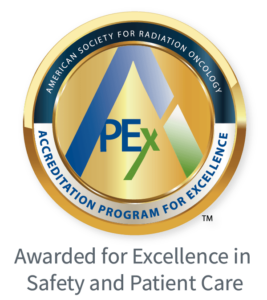Advanced Radiation Therapy for Lymphoma

At Minneapolis Radiation Oncology, we bring advanced radiation therapy close to home, with 11 locations across the Twin Cities, Brainerd Lakes Area, and Western Wisconsin. Count on the cancer specialists at MRO to be here for you, with care, precision, and compassion.
What is lymphoma?
Lymphoma is a cancer that begins in the cells of your lymphatic system, which is the system actually meant to help you fight off disease. There are several types and many subtypes, but there are two main types:
- Non-Hodgkin lymphoma is the most common form of lymphoma. It’s a family of diseases that develop when immune cells grow out of control and crowd out healthy immune cells. These cells may also form tumors in the lymph nodes, spleen, and other organs.
- Hodgkin lymphoma can start almost anywhere but is most often found in the lymph nodes in the upper part of the body: neck, chest, or under the arms. Hodgkin lymphoma most often spreads through the lymph vessels from lymph node to lymph node. In later stages, it may invade the bloodstream and spread to other parts of the body.
![]()
The two types don’t spread in the same way and respond to different treatments. It’s important to note, however, that both types can often be cured.
![]()
“Our goal is to provide the best treatment possible for each patient using state-of-the-art technology combined with personal care and attention. We aim to treat each patient as if they were a family member, by informing and supporting them throughout their treatment and beyond.”
Kurt Nisi, MD
MRO | North Memorial
